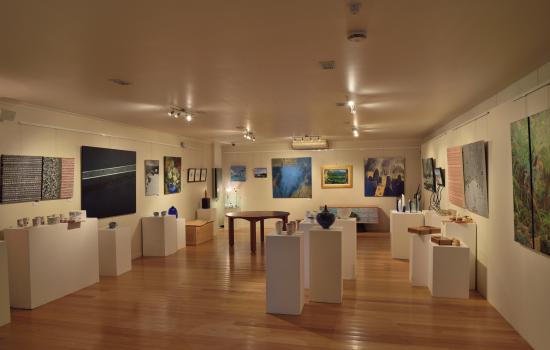How To Plan An Art Exhibition
Many artists choose to showcase their work through an exhibition, either as part of a group or as individuals. Your first exhibition can be an exciting, but daunting prospect. So, we’ve put together some tips to help you plan a pop-up art exhibition.
Find a venue
There are many types of spaces to consider when thinking about your first art exhibition. It’s worth thinking about cost if you’re on a budget as this could influence the venue you choose. It doesn’t need to live up to Tate standards so don’t be put off by smaller spaces.
Local community spaces or cafes are a good idea for those on a budget as they are generally less expensive to hire out. Public galleries can also provide a great space for artist work.
If you have larger resources, a hotel, private gallery or restaurant could provide an elegant venue for an exhibition. But bear in mind this will come with bigger expectations from visitors such as refreshments and décor as well as an increase in cost.
Create a plan
Having a clear plan of the layout and aesthetics of your exhibition will help the event run smoothly and allow you to take in account any foreseeable hiccups along the way.
Think about the potential number of people attending as well as the size of the art you want to display. Consider any features of the space that might have an impact on your exhibition, so you’re well prepared for any extras you need to account for.
Consider using partitions
Partitions, plinths and pedestals are commonly used in exhibitions and it’s easy to see why. Use pedestals to showcase unusual or unique artwork and make them into a feature. Partitions can be ideal for separating your work from another artist or for creating separate spaces for different themes.
Mounting your art
Make sure your artwork is mounted to the wall correctly and consider the style of any labelling. Descriptions shouldn’t distract from your piece but the information should be available for potential customers and visitors.
Lighting and temperature
Consider these factors carefully to ensure the right environment to showcase your work. Visitors should feel comfortable enough to be able to spend time in the space and get the most out of the exhibition.
Maintaining a consistent temperature and humidity is also important to keep artwork in perfect condition. If you’re unsure of your chosen space, temperature can be analysed through using a number of temperature test and measurement devices.
Lighting is important as it creates atmosphere and allows artwork to be viewed in an ideal way. If your venue has minimal or unsympathetic lighting, it’s worth adding some extra lights to give a warmer glow or to highlight important art pieces.
Considering these factors will help your art exhibition go to plan, whatever venue you decide to use.




